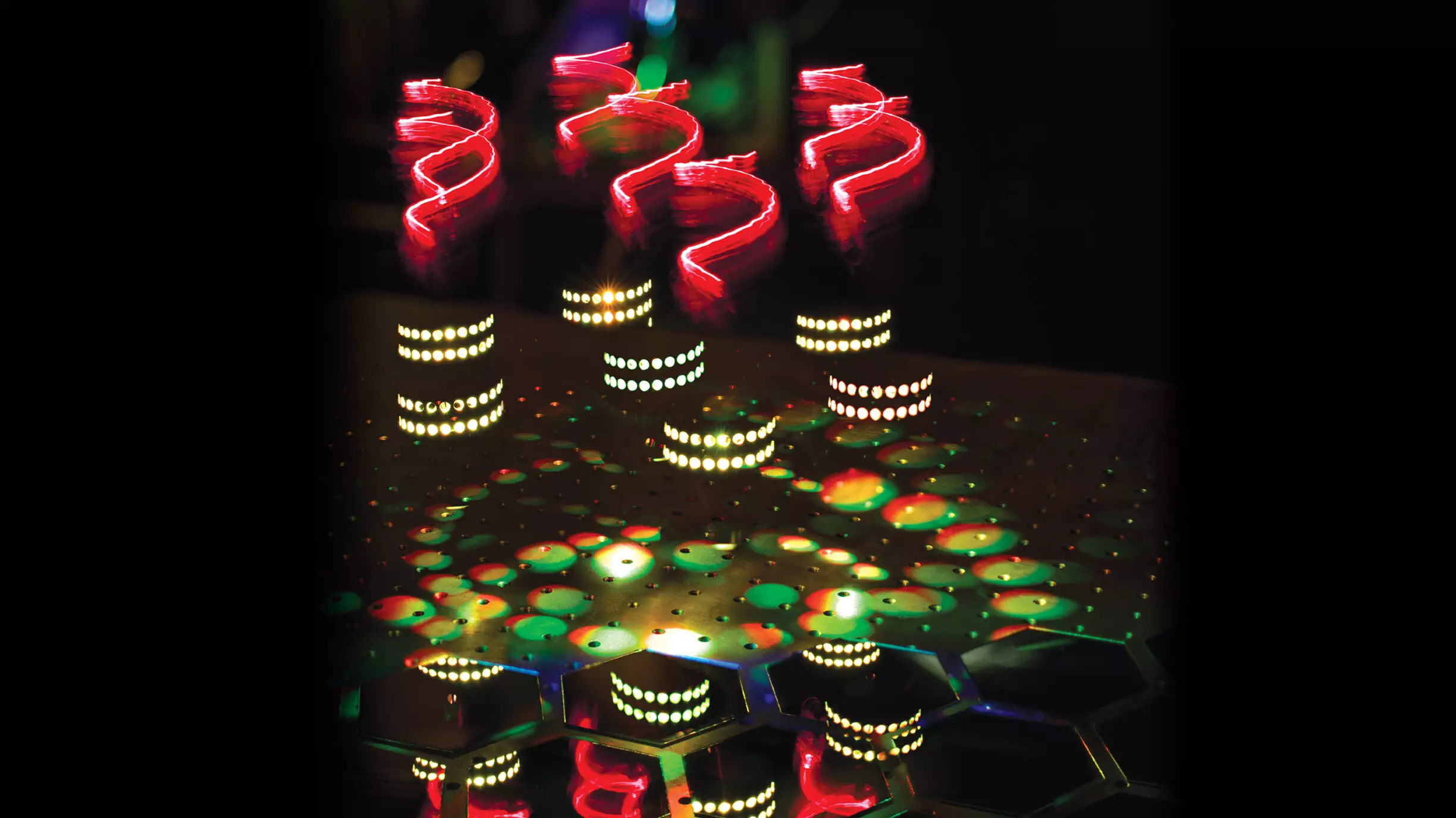The recent research conducted by an international team of scientists led by physicists at the University of Bath has revealed a groundbreaking optical phenomenon with vast implications across various fields such as pharmaceutical science, security, forensics, environmental science, art conservation, and medicine. The study, published in the prestigious journal Nature Photonics, sheds light on the Hyper-Raman effect, a more advanced phenomenon than the traditional Raman effect. This new effect can penetrate deeper into living tissue, provide clearer imaging, and hold the potential to revolutionize scientific analysis.
One of the most significant aspects of the Hyper-Raman effect is its ability to study chirality in molecules. Chirality refers to the twist in molecules, much like the helical structure of DNA. Numerous bio-molecules display chirality, including proteins, RNA, sugars, amino acids, and more. The researchers behind this study theorized that using chiral light for the Hyper-Raman effect could unveil three-dimensional information about molecules, allowing for the identification of their chirality. While the effect was initially considered subtle and challenging to measure, the team’s innovative approach has proven successful in detecting chirality in molecules.
One of the key components in the experimental setup was the use of tiny gold nanohelices. These unique structures served a dual purpose – they conferred chirality to non-chiral molecules and acted as antennas to focus light onto the molecules, enhancing the Hyper-Raman signal and facilitating detection. By leveraging these nanohelices, the researchers were able to overcome previous challenges associated with detecting chirality in molecules. This novel approach not only validated theoretical predictions but also opened up new avenues for studying molecular properties.
The discovery of Hyper-Raman optical activity has far-reaching implications in diverse fields. In pharmaceutical science, this effect can be utilized to analyze drug compositions and ensure quality control. It also holds promise in detecting counterfeit products, illegal substances, and explosives in security and forensic applications. Furthermore, its ability to identify pollutants in environmental samples and analyze artwork for conservation purposes showcases its versatility. In the realm of medicine, the Hyper-Raman effect can aid in diagnosing diseases by detecting molecular changes, paving the way for advanced clinical applications.
The success of this research underscores the importance of collaboration between theoretical and experimental sciences. The collaborative effort spanning decades and involving researchers at various career stages highlights the collective nature of scientific progress. While the journey towards implementing the Hyper-Raman effect as a standard analytical tool may be long, the potential benefits make it a worthy endeavor. The researchers express optimism about the future and look forward to continued collaboration with industry partners to further develop this revolutionary technology.
The discovery of the Hyper-Raman effect marks a significant advancement in the field of optical phenomena. Its ability to unveil hidden molecular features and detect chirality opens up new possibilities for scientific research and applications across numerous disciplines. As scientists continue to explore and harness this innovative effect, the potential for transformative discoveries is immense.



Leave a Reply